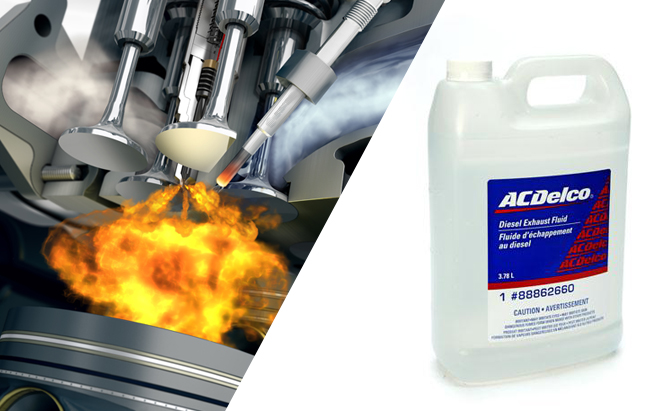Diesel may be unfamiliar in most parts of America since vehicles there consume gasoline instead of this kind of fuel. Diesel has handful of advantages such as greater driving range, longevity and low RPM torque. However, the downside for using this fuel is etched mainly by usage of a liquid called, diesel exhaust fluid or AdBlue in the lingo of global markets.

Since diesel is an unrefined fuel, it gives off dirt and this can be seen through the exhaust in the tailpipe of a vehicle. If you’re going to research about the diesel emission, it consists of pollutants such as hydrocarbons, carbon monoxide and much higher dose of nitrogen oxides. Having said the presence of such pollutants here enters the DEF (diesel exhaust fluid). Through a chemical reaction named as SCR or selective reduction wherein an ammonia-based solution (32.5 % is ammonia) is mixed with water and can cause emission reduction.
Skipping through the detailed process, the vehicle’s engine plays an important role by running small amounts of DEF from its gallon reservoir and s praying it into the exhaust stream. It further reacts with a special chemical agent and the harmful gases are then converted into less harmful kind.
To attain this, drivers must do conscious monitoring of the DEF levels in their reservoir. They must always be in full to maintain emissions acquiescent. Furthermore, they must also observe strict maintenance schedule which would take in due course of 10,000 miles or less if the vehicle does heavy duty such as towing or carrying heavy loads.
With the abundance of warnings, you don’t have to worry that your DEF will immediately run out. Besides you can purchase DEF from stores that sell automotive parts or even from truck stops.
